New Work
My Favourite Apps of 2022
Software applications shape how we work and define the foundation of our productivity. Here I share 7 apps and tools at the core of my tech stack.
As the end of the year approaches fast, the time for recaps and best-of lists is impending. So I thought I’d chime in and talk about seven of my favourite apps for my work and productivity.
Naturally, I won’t include any software I use in my regular job like the G Suite, Slack, Jira, or Confluence as they are given. Also, I don’t include any social media or content platform like YouTube, which brings a lot of value but isn’t much part of my workflow.
The seven products I’ll present revolve around content creation and distribution—from reading and learning, knowledge management and communication to editing and publishing. I hope that you discover an app that might also help your work. So here we go:
Refind
I wrote back in 2018 about how Refind snuck into my daily routine. Refind recommends a daily curation of content around customizable topics. Combining information from your social media, search, and personal interests, its algorithm rarely failed me. As a result, I find at least one or two exciting pieces per day that make me smarter.
I open the app every morning to check the recommended stories. I also save helpful pieces of content around the web and organise them in various folders to find them again later. Simply said: It‘s the go-to place for me to find, save, and repurpose content.
If you want to try Refind, use my invitation link below.
 Refind
Refind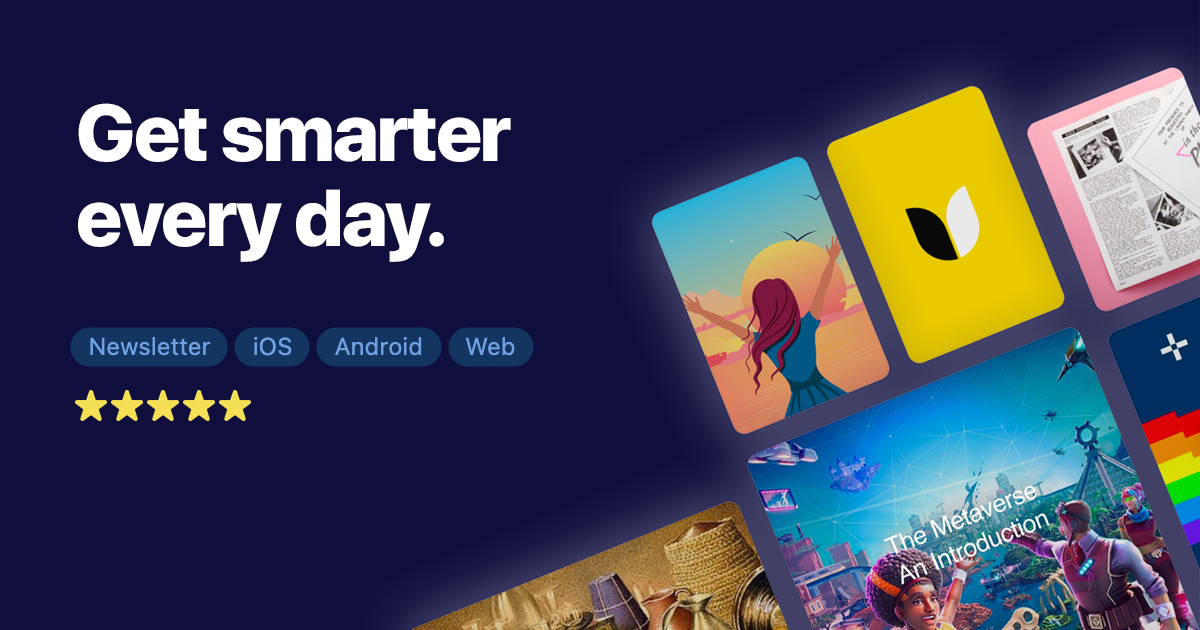
Hey
Email won‘t die, but it can also suck a little bit less. That‘s where Hey comes into play. I started using Hey in 2022 and quickly learned to love its features since it basically gives you a fresh start.
Hey is a domain host (you‘ll get an @hey.com address if you choose the personal plan) and email software. The inbox is divided into three tiers: The so-called Imbox, the feed, and the paper trail. The Imbox is your classic entry point with the added benefit that read emails disappear behind a customizable cover. The feed is where you direct all your newsletters to get a clean reading experience. And the paper trail is perfect for receipts and other automated stuff.
Whenever you get an email from someone you haven‘t interacted with yet, Hey asks you to screen it: Then you can decide in which tier the email and all future ones should land. The categorization can also be changed later on. It‘s the perfect feature to keep everything clean and tidy.
 HEY
HEY
Clay
Recommended by Niklaus Gerber, I started to try out Clay, a software that is something like a personal relationship management tool. It instantly replaced my standard contacts app as Clay creates a more holistic view of my network by connecting calendar, contacts, LinkedIn, Twitter, and Facebook into one gigantic list.
Although the setup took me quite a while with merging contacts, I now have a handy tool at hand to find experts thanks to the search functionality that scans the LinkedIn and Twitter bios and locations.
I also value the „reconnect“ feature very much. It automatically (or defined manually) reminds me to reach out to people I haven‘t been in touch with for a while.
Despite being a beneficial tool to maintain my personal and professional relationships, some things are missing: There‘s bad news for Android users as the app is currently only available on iOS. And while there are integrations with Google (email and calendar) and Apple (email, contacts, iMessage), there is none for Hey.
 Clay
Clay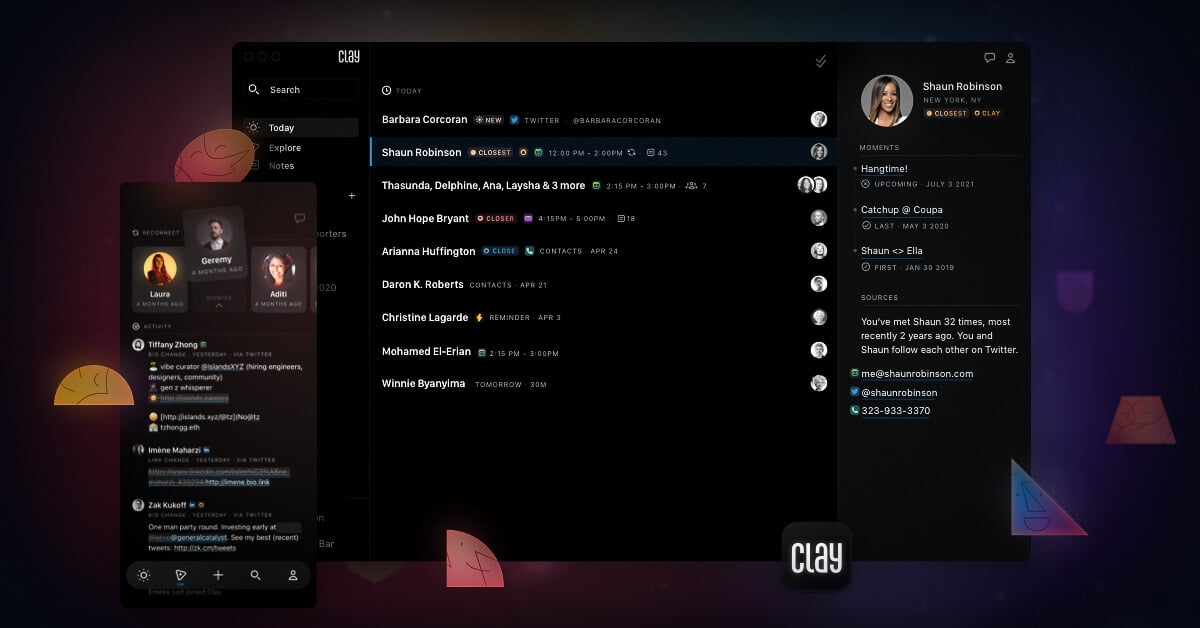
Readwise
Also a relatively new addition to my personal tech stack, Readwise is a great place to save and rediscover quotes from books or articles I‘ve read. With the daily review, you stumble again onto great wisdom again and again until you know them by heart.
I‘ve connected Readwise to Refind, so the highlights I make within Refind articles get fed into my Readwise account. Especially if I‘m writing a blog post, this feature becomes paramount to getting meaningful quotes to enrich the post.
Also, I regularly export the Readwise library to my Notion account to have a backup in my central workspace.
 Readwise
Readwise
Notion
productivity. I long struggled with the app, but when I finally put the effort in to set it up correctly, it quickly became the central hub for all activities: creativity, planning, writing, and project management.
I created two main entry points in my workspace: one for my music curation newsletter, Weekly5, and one called DigitalMind, where I manage this blog and newsletter, as well as other activities like personal projects, knowledge management, and budgets.
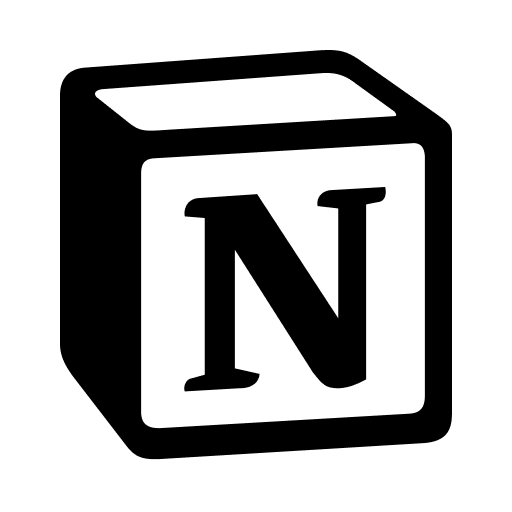 Notion
Notion
Grammarly
I've been using Grammarly for years now. The spell-checking and proofreading software became indispensable since I'm not a native English speaker. Its browser extension also helps me write correctly when I'm not in the editor.
Also nice: Thanks to Grammarly's desktop app, it proofreads my writing in Notion.
 Jeanette StockCo-founder ofVenture Out
Jeanette StockCo-founder ofVenture Out
Ghost
Finally, we come to publishing. I've worked with many different publishing software products: WordPress (which I still use for my website), Medium, Drupal, CUE, and other professional content management systems.
For newsletters, I've been using Mailchimp, Revue, and Substack. However, at the beginning of 2022, I started using Ghost after a recommendation by David Bauer. Since Ghost is an open-source, non-profit organisation, I find it a more sympathetic tool than Substack. In addition, instead of taking a cut from each paid subscription, Ghost can be either run self-hosted or hosted by Ghost itself for a yearly fee.
The editor is similar to Medium or Substack, so switching doesn't require much effort. And there are regularly valuable updates that improve the product immensely.

Why I Love To Commute For 4 Hours
I deeply value the possibility of working from home. However, I also have no issue commuting for 4 hours a day. Here's why.
Suddenly, everything happened so quickly. I was just having brunch with some friends on Sunday when an urgent work email arrived. It was March 8, 2020. A couple of hours later, it was clear what we had to do: Grab our stuff from the office and stay at home.
The newsroom of Blick, where I used to work back then, went into lockdown a week earlier than the rest of Switzerland because of two suspected cases. So, I worked from home for the next three months with only a few exceptions. And my apartment remained the primary workplace for more than two years.
When the pandemic forced many workers to stay home, I already knew I could be highly effective. I worked from home before as a project manager at Blick in 2018 because the busy buzzing of an open-plan newsroom didn't help to focus on writing presentations and concepts. My boss was okay with it but said: "Don't tell anyone. It's actually not allowed to work from home."
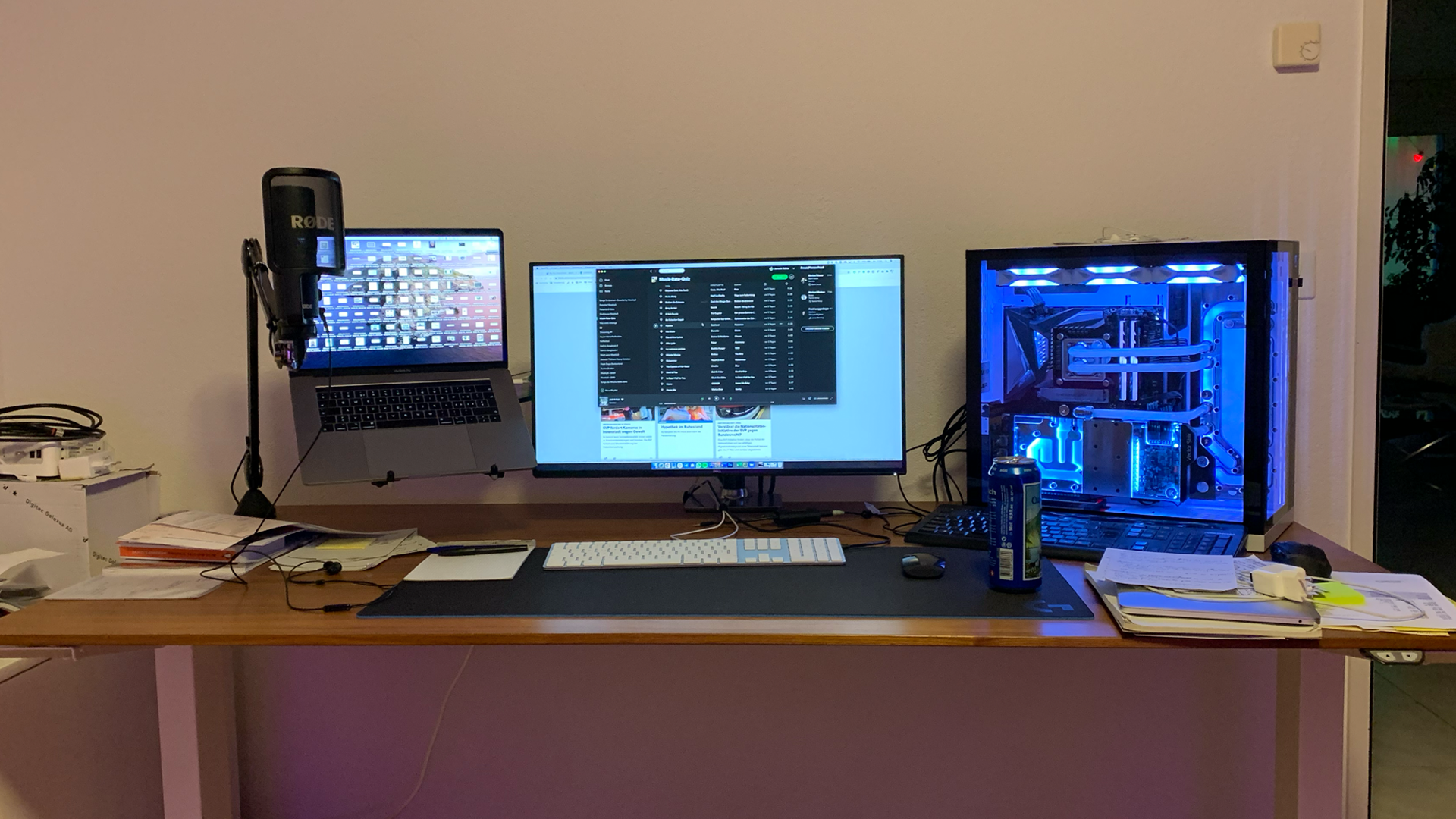
But it wasn't until Covid-19 hit that I optimised my private office space and added helpful hardware and tools like a whiteboard or multiple monitors. Quickly, my workspace was better equipped than the actual office.
Moreover, I came to love the added lifetime without having to commute 90 minutes every day.
Why the hell would I ever go back?
Quiet Quitting: The Sign Of A Broken Relationship
How can we prevent the phenomenon to spread wider?
Since a TikTok video went viral, there's an ongoing discussion around the phenomenon of quiet quitting. The simple definition of quiet quitting: Employees only do the bare minimum of their job description—not more to excel, not too less to give the company a reason to let them go.
Some voices, however, object to the term 'quiet quitting'. For example, Ed Zitron told NPR: "The term is so offensive because it suggests that people that do their work have somehow quit their job, framing workers as some sort of villain in an equation where they're doing exactly what they were told."
In many ways, quiet quitting can be seen as a counter-movement to the notion that work dominates more and more of our lives.
Quiet Quitting Is A Warning Sign
Quiet quitting is something like the little sister of the Great Resignation, but the reasons behind the behaviour might be similar. Michelle Hay, GPO of Sedgwick, told the Washington Post: "It speaks to the tired and frustrated feeling that many are experiencing on the tail end of the pandemic. People are reassessing their priorities, and social disconnection can be part of this shift."
The quick succession of the Great Resignation and quiet quitting certainly points towards a significant shift in the perception of work—in the Western hemisphere, at least. In addition, the Covid-19 pandemic accelerated the implementation of remote work, potentially leading to more flexibility between work and private life.
However, simultaneously, the pivot to a fully or partially remote company culture is still an ongoing transformation accompanied by trial and error and a great deal of uncertainty. A recent study found that remote workers still waste up to 67 minutes daily being digitally present.
The reason for an employee to engage in quiet quitting might be circumstantial and highly individual. At the same time, the broad reception of the subject also points toward systemic challenges for companies. It's a warning sign.
The Impact Is Yet Unknown
On the other side of the debate stand those concerned about companies' successes and general economic productivity. USA Today paints an almost doomsday-like scenario, suggesting that quiet quitting is already impacting the US economy and also connecting it to inflation. However, the possible impact of quiet quitting cannot yet be fully perceived.
Others see quiet quitting just as yet another proof that younger generations simply lack the resilience to persist in the harsh economic environment. They blame the weak employees who can't endure hard times.
Nuanced opinions are unfortunately rarer, with dogmatism rampant on both sides. Nevertheless, some comments try to find a middle ground. "What I object to is the 'quiet' nature of the movement, when what we need right now is an assertive and noisy discussion of the appropriate boundaries between our home and working lives," writes Jessica Irvin in the Sidney Morning Herald.
Nilufer Ahmed also suggests that quiet quitting "can also help to separate your self-worth from work" and mitigate the risk of mental health issues which also benefits the employers.
Indeed, quiet quitting shows two significant short-comings by both companies and employees:
- Companies still don't know how to engage and retain their employees sustainably.
- Employees demonstrate short-term and tactical thinking about work.
Companies Need To Learn
While the Great Resignation is still in full swing, quiet quitting is but an additional challenge for a company's leadership. As quiet quitting is also prevalent amongst highly skilled employees, employers need to expand their toolkit for motivating their staff and investing in culture. One crucial step is acknowledging that workers are human beings with many aspects that might impact their performance. That means starting a dialogue and actively managing expectations is critical for the transformation.
A deeper insight into the current state of hiring and possible strategies provides in this extensive report by McKinsey. Their conclusion is quite clear:
"Our research identified distinct pools of workers with varied workplace priorities. Their differences show that employers have to take a multifaceted approach to attract and retain talent."
While most employees hope to find a higher-paying job, according to a broad survey by PwC, many participants mention other factors:
- Wanting a fulfilling job (69%)
- Wanting to truly be themselves at work (66%)
- being able to choose where they work (47%)
Furthermore, I've already described the three key drivers of what motivates us as proposed by Daniel Pink:
- Autonomy
Our desire to be self-directed. It increases engagement over compliance. - Mastery
The urge to get better skilled. - Purpose
The desire to do something that has meaning and is important.
Jobs requiring only a tiny amount of cognitive skill and creativity are not susceptible to traditional carrots and sticks methods; the opposite is true: Performance gets worse.
Employees Need To Become Strategic
On the other side of the aisle are the quiet quitters who are as stubborn as old-fashioned managers.
Yes, the intention behind quiet quitting is definitely a legitimate one: Seeking a fairer balance between work and private life is necessary, and the ever-increasing creep of work into the personal space through digital technologies is concerning.
Of course, bending over backwards isn't a great idea, and if you find yourself in a toxic environment, actually quitting your job is probably a better way.
However, as Jessica Irvin states, the quiet nature of this trend isn't improving the situation either. Instead of starting an open dialogue inside the company, they exclude themselves as an active part of the solution and create the expectation that it's only the employer's responsibility.
Quiet quitting might also hurt a person's career: Someone who only delivers the minimum is less likely to get promoted, receive a raise, be part of challenging new projects, or get a favourable recommendation when leaving the company on good terms. If we think about romantic relationships: Would you invest time and energy in a partner that seems disengaged? Probably not for long.
It is, therefore, relatively short-term and tactical thinking, improving the individual and immediate situation but not accounting for a long-term career strategy.
Relationships need two to work
The employer-employee relationship is like any other: It's a two-way stream of expectation management that requires an honest and ongoing discussion.
Sometimes, the company needs overtime and additional effort to finish a big project or meet customers' demands. Other times, an employee cannot handle an additional workload because of family matters or other personal issues. The key is communicating these contradicting needs and expectations early on and implementing clear rules and rewards based on meeting them.
Ultimately, both sides can benefit heavily from increased engagement and communication: The company strengthens its resilience while employees have opportunities for personal growth, new challenges, career planning, and work-life balance.
Rethinking Office Days
In the wake of the pandemic, companies have started to embrace work from home. But they rarely rethink office days.
Last week, Airbnb's CEO Brian Chesky announced the company's new remote work design. The fundamentals are the following:
- You can work from home or the office
- You can move anywhere in the country you work in and your compensation won’t change
- You have the flexibility to travel and work around the world
- We’ll meet up regularly for gatherings
- We’ll continue to work in a highly coordinated way
On the surface, Airbnb's announcement isn't any different from what other companies have introduced in the wake of the pandemic. Working from home (or anywhere) has been part of many lives. And while it's a question of individual preference, there's no denying that the ability to choose your workplace is appreciated.
The work from home generation is about to shift how we organise office policies and design spaces and how our homes are built.
There Is No Blueprint Solution
It seems pretty straightforward for those who crave more flexibility in organising our daily work: Just give me the maximum of freedom. Unfortunately, however, most companies are complex organisations, and some people may have roles which don't allow them to work from home for any number of reasons.
Well done, Portugal
A country makes it illegal for your boss to text you after work. Why this is a good thing.
With the rise of smart devices, employees face a new challenge: The urge to be constantly reachable.
It has been a problem for a long time. However, the issue finally gets the attention it deserves. In the wake of the pandemic, people were forced to work remotely. As a result, companies had to speed up the digitalization of their processes. And it shed a highlight on mental health in the workplace in the already stressful environment created by Covid.
Under the new rules, employers could face penalties for contacting workers outside of office hours. Companies will also have to help pay for expenses incurred by remote working, such as higher electricity and internet bills.
Well done, Portugal!

The law will certainly help to create a better work-life balance. However, Portugal’s new rules are probably only a cure for symptoms but not for the origin of the problem.
One problem is the lack of leadership responsibility.
I, too, found myself often in a situation where an 8-hour day just wasn’t enough to accomplish everything I needed to do. Maybe because it took longer than expected, sometimes because I wasn’t happy with the result. In a management position, overtime is already accounted for and compensated by more vacation time or higher salary.
Nevertheless, as a leader, I have to be aware that those rules don’t apply to my team. I cannot forward the pressure to my colleagues. In fact, I don’t only have to put boundaries on my communication but also set them for myself.
Avoid being seen as “underperformers”
Of course, we all find ourselves on the receiving end of after-hour messages. The binging and banging of mail or Slack is an issue. They prohibit us from relaxation.
But while it’s tough for leaders to set boundaries, it’s even harder for an employee. They feel obligated to check in even after hours because they want to excel. They want to show that they care, that they go the extra mile. And in any circumstance, they want to avoid being seen as “underperformers”.
Naturally, this is very unhealthy short-term thinking. The impact that the always-on mindset has on mental health will, in the long run, destroy any gain that this behaviour brings along.
The real issue: Culture
Now, the easy way out is to say: It’s all the leadership’s fault. And clearly, they have the leverage to drive change. But the real issue here is, once again, a toxic work culture. It affects the leaders and employees alike.
We should ask ourselves the tough questions: Why do we work till late? Why do we keep sending and reading messages in our supposed free time? Is this behaviour expected in my workplace?
And most importantly: How does this behaviour affect us in our private and work lives?
The reasons might be highly individual (“I want to succeed in my career!”) or structural (“My company is understaffed!”).
We’re designing around the problem
Unfortunately, we rarely ask those essential questions. Instead, we accept tools that design around the problem. And yes, I very much include myself here because I use them regularly. The scheduler of messages on Slack or Gmail. Or Apple’s focus feature. Yes, they’re great. But they merely treat symptoms again.
Cultural change needs a lot of time. And time wasn’t ample when the pandemic hit. Confined to our apartments, the problematic symptoms of an always-on mindset got more and more severe. Next to restrictions in our personal lives, after-hour texting and mail contribute heavily to a stressful environment.
Therefore, there’s a need to regulate the new work reality. Portugal boldly moved forward with its regulations, forcing companies to overthink their culture, behaviours, and processes. It’s a forced approach, yes, but one that might improve the well-being of both employees and management.
Recommended Reads
- The Worst of Both Worlds: Zooming From the Office [Paywall possible]
- Proof That Positive Work Cultures Are More Productive
- Remote Work Is Fine. The Real Thing Scaring CEOs? Hybrid Work.
Best,

Hi there, who would have thought that a virus is turning out to be the biggest driver of digitization and decentralized working environments?
The coronavirus uncovered many issues: Schools were not prepared at all, businesses that put shareholder value above all are struggling, and the lack of digital infrastructure in Switzerland’s public administration is staggering.
However, I’m concerned about the debate around remote work. Although the home office policies were ramped up quickly by enterprises all around the globe, they’re not representative of the transformation of our working environment. Let me explain why.
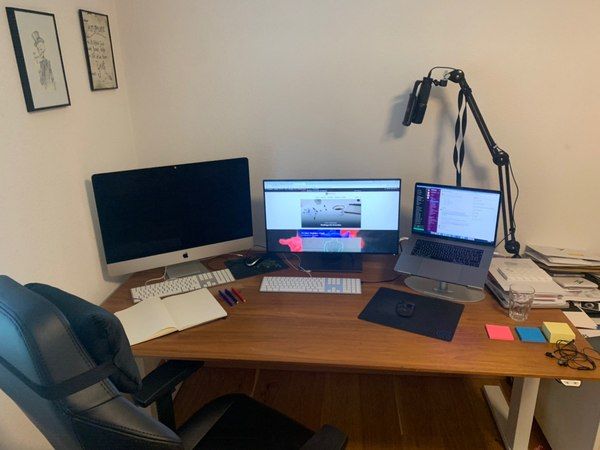
The advantages of working from home have been confirmed over and over again. The employees are more productive, an observation I made about myself in the last three weeks while in the home office. Also, a team member confirmed that she felt more obliged to be productive than usual. She claims it’s because working from home gives her more responsibility in managing her day.
Kill The Teams
What a clickbait headline! But let me explain why newsrooms need to imagine a new form of collaboration.
Our world is changing more rapidly. Globalization and digitalization haven’t just made humanity more connected than ever but also added a unique complexity. It’s hard to understand the interconnected and interdependent issues we face as a society.
Journalists are no exception. However, newsrooms still try to tackle modern-day challenges of informing the public in old-fashioned settings.
These damn silos
The main problem with newsrooms is silos: Most of the newsrooms work in outdated teams that evolved in an era when the world seemed more straightforward. That’s why we have desks for politics, economics, culture, sports, et cetera. For a long time, these teams were a useful tool to report and manage talent. And to some extent, they still are. It’s essential to have these expert hubs because they cultivate sources and experience.
But if we are forced to report on complex issues, the probability is high that it doesn’t touch just one aspect of our society. At large, newsrooms don’t seem to acknowledge this challenge on an organizational level.
I can only speculate about the reasons. I think that often false incentives and a grip on power may contribute to the consolidation of the status quo. By false incentives, I mean the comparison of key metrics in a competitive sense. We’ve all heard it: “Politics performed better than economics. Step up your game, economic reporters!” This competitive environment nurtures silos and hinders much-needed collaboration. Every team is just looking for itself because the analytics cannot deliver decent numbers on interdisciplinary effort.
What is the result?
Readers get fragmented reporting on all the issues, making it harder for them to understand the implications in a holistic way. One day, politics writes about Facebook, the other day, it’s economics. And a week later, we hear something from the tech reporter.